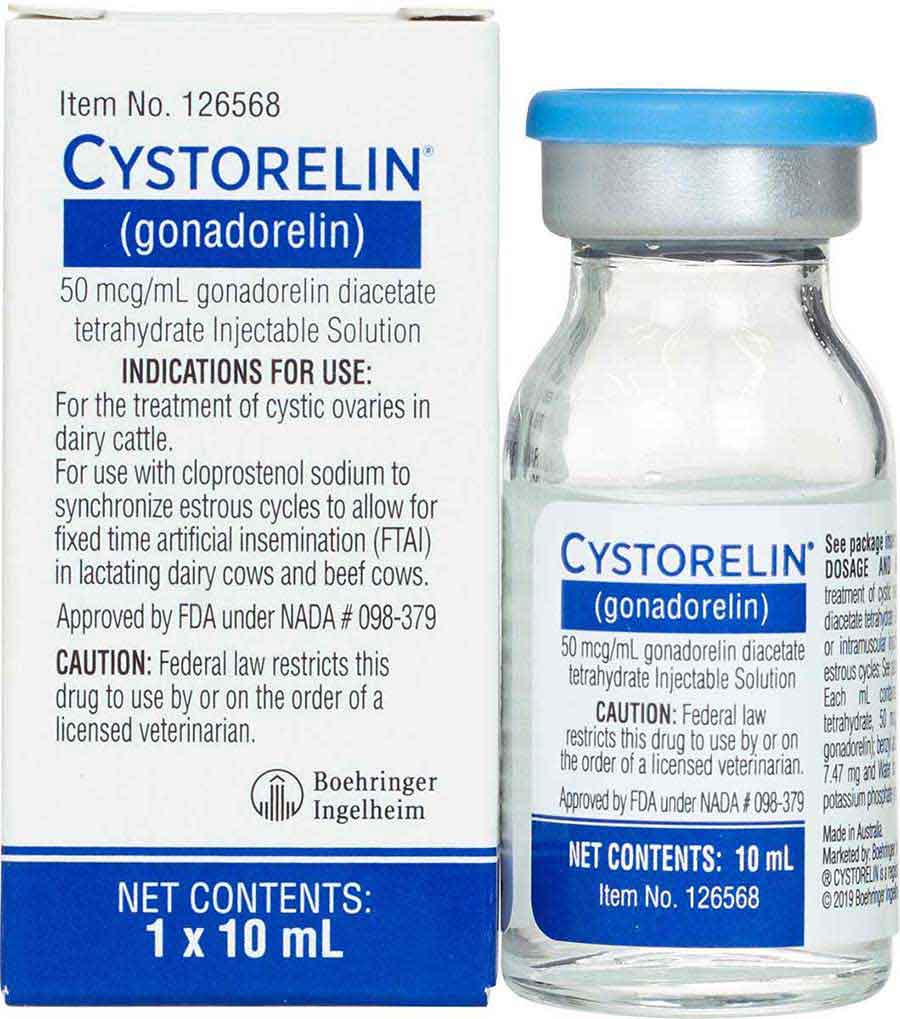| late winter hair loss due to lice |
Two types of lice occur in cattle, biting and sucking. Normal treatments are pour-on products(like Synergized De-Lice, pour-on avermectins, like Ivomec, Dectomax, or Cydectin). The pour-on avermectins also have the advantage of controlling internal parasites at the same time, also a good time of year to ensure no carry-over of worms picked up during the grazing season. If you are using Safeguard or Valbazen to deworm your herd in fall, consider also using a pour on like De-Lice or UltraBoss. One note - some of the pour-on avermectins will control just sucking lice, not biting lice. Check your labels and use as appropriate.
Treatment prevents the damaged coats, and hides of the animals. Additionally there is often damage on farms of fencing or other items from the rubbing that is done. Once treatment is done, have a look in several week or at next herd visit to see the degree of infestation that is remaining, if any. A secondary treatment may be necessary, but no adult live lice should be found at that time after initial treatment.
Have a good Thanksgiving!





